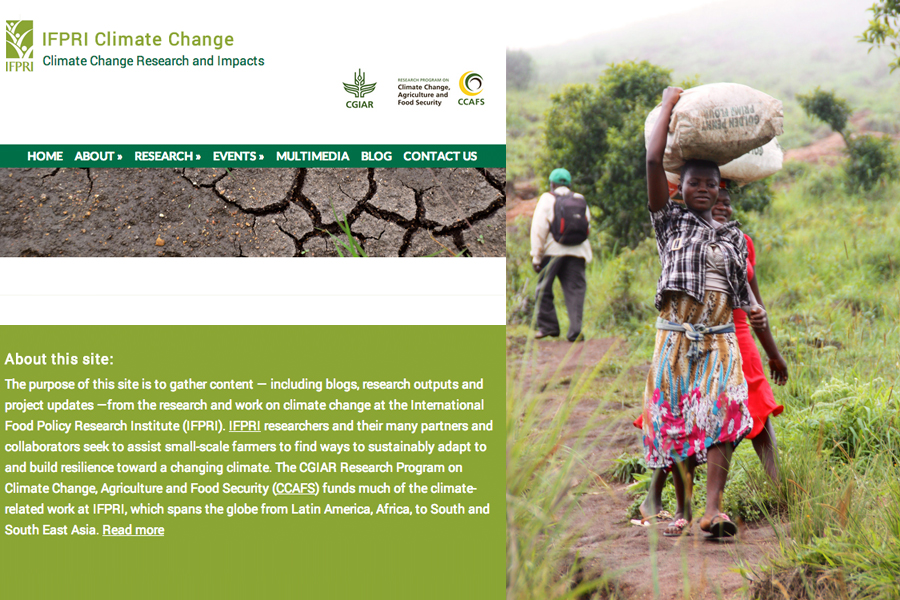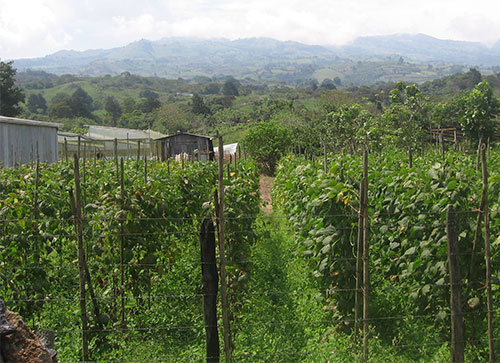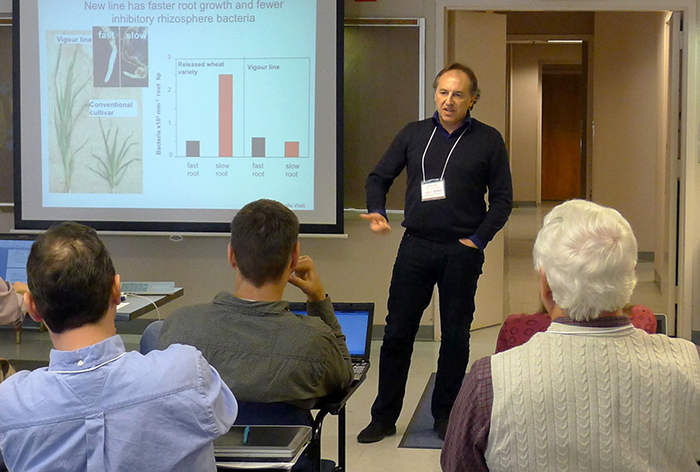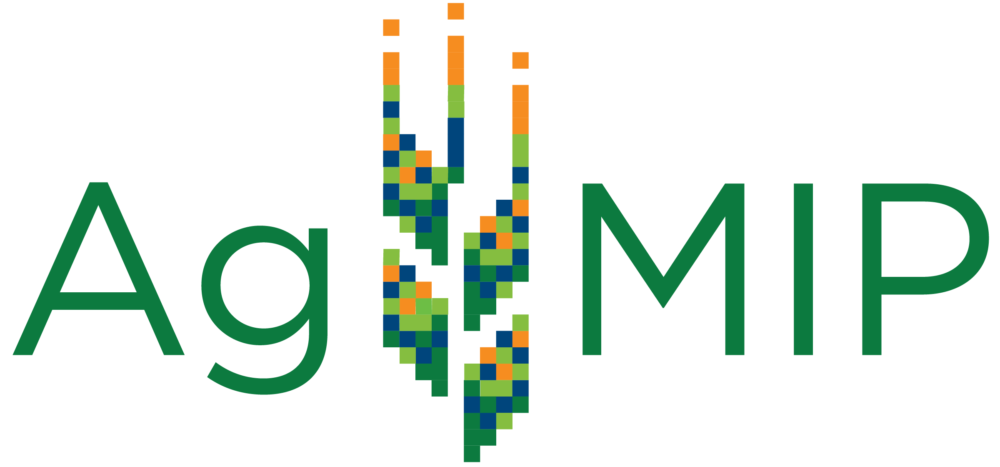
by Site Administrator | Sep 9, 2014 | Food Security, Press Release, September 2014
Photo: IFPRI/Ian Masias The International Food Policy Research Institute (IFPRI) has launched a new website dedicated to climate change and food policy research and impacts. The website covers news, event updates, project profiles, and shares related materials from...
by Site Administrator | Aug 4, 2014 | August 2014
By: Andrea Calderon Irazoque The agricultural sector today is facing the daunting challenges of adapting to increasing impacts from climate change while minimizing greenhouse gas emissions and meeting ever-growing food demand. Crop-producing regions will be required...
by Site Administrator | Jul 29, 2014 | IT, Press Release
Today at the White House the Obama Administration invited leaders of technology and agricultural sectors to announce new public-private partnerships in order to advance the President’s Climate Data Initiative. AgMIP is pleased to announce its collaboration in several...

by Site Administrator | Jul 28, 2014 | Economics Modeling, Food Security, July 2014
By Mina Coutsoucos Can current farm household models accurately simulate food security driven by climate change? There has been considerable effort in the last 44 years by researchers to model climate change impacts on farm households, but relatively little attention...
by Site Administrator | Jul 9, 2014 | Food Security, July 2014, Regional Workshop, Sub-Saharan Africa Integrated Assessments
A joint CGIAR Research Program on Climate Change, Agriculture and Food Security (CCAFS) and Agricultural Model Intercomparison and Improvement Project (AgMIP) meeting was held June 3-4 to kick off a USAID-CIAT (International Center for Tropical Agriculture) funded...
by Site Administrator | Jun 30, 2014 | Economics Modeling, June 2014
Five global economic modeling groups met June 23-24, 2014 at FAO headquarters in Rome to discuss preliminary results of a harmonized analysis of climate change impacts on agriculture and food security in 2050. The participating modeling groups, all members of the...
by Site Administrator | Jun 25, 2014 | Crop Modeling, Food Security, June 2014, Press Release, Uncategorized
By Andrea Calderon Irazoque According to a recent commentary “Food Security: Fertilizing hidden hunger” by Müller C. and others published in Nature Climate Change, CO2 fertilization and climate change will likely exacerbate macro and micro-nutrients deficiency in...

by Site Administrator | Jun 13, 2014 | Ag-GRID, June 2014, Soils
By Nick Hudson Crop models have been extensively tested for yields, but their validation for soil water balance, and carbon and nitrogen cycling in agricultural systems has been limited. In order to improve the use of soil data in assessments of climate change impacts...
by Site Administrator | Jun 12, 2014 | Crop Modeling, June 2014, Maize, Press Release
By Jean-Louis Durand, Institut National de la Recherche Agronomique, France Our climate is changing and crop simulation models can project how climatic factors will affect food production in the coming decades, and what adaptations in farmers’ fields could stabilize...
by Site Administrator | May 5, 2014 | Crop Modeling, Economics Modeling, IT, May 2014
By Molly B Schneider Recently several studies by AgMIP researchers have been released that highlight the development of improved methods for the use and management of site-specific data for agricultural research. Site-specific data consists of more detailed...




